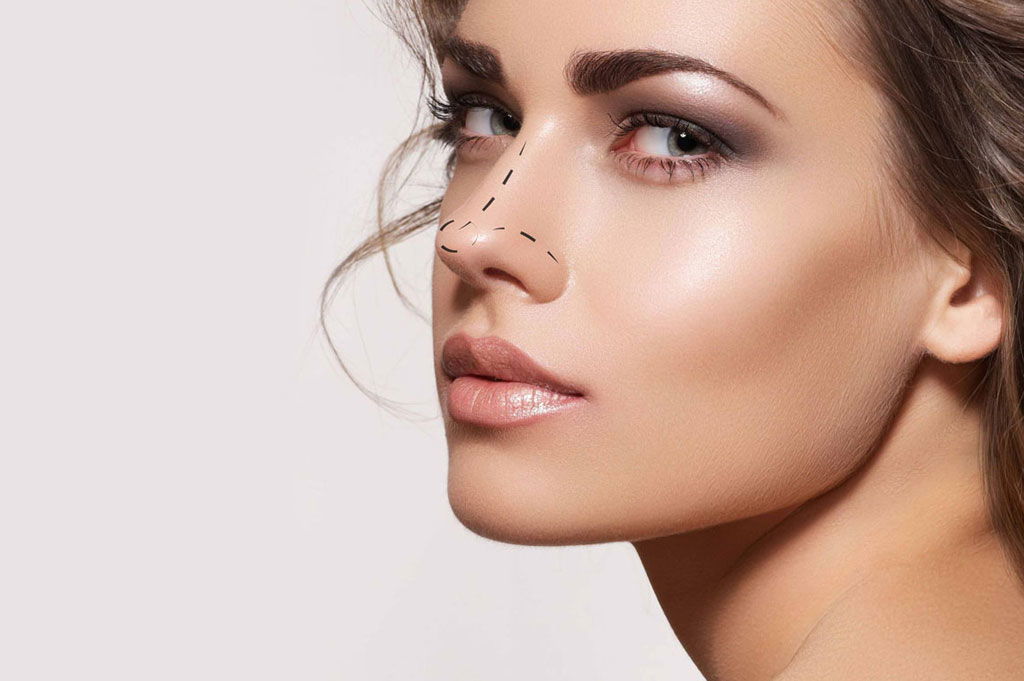Best Rhinoplasty Oman and Age Finding the Perfect Time for Surgery
Introduction
Rhinoplasty is a surgical procedure that reshapes the nose to improve its appearance or function. It can address issues such as nasal asymmetry, hump removal, or functional problems like breathing difficulties. The decision to undergo rhinoplasty is deeply personal, and age can play a significant role in determining the appropriateness and timing of the surgery. Understanding how age affects both the outcomes and risks of rhinoplasty can help individuals make informed decisions about their treatment.

Process
The process of rhinoplasty involves several steps, including:
- Consultation: The journey begins with a consultation with a board-certified plastic surgeon. During this initial meeting, the surgeon assesses the patient’s overall health, discusses aesthetic goals, and evaluates the nasal structure. They also provide information about the surgical procedure, recovery, and expected results.
- Preoperative Preparation: Prior to surgery, patients undergo various assessments, including medical history reviews and sometimes imaging studies to plan the surgical approach. The surgeon also provides instructions on preoperative care, such as avoiding certain medications and smoking.
- Surgical Procedure: Rhinoplasty is typically performed under general anesthesia or local anesthesia with sedation. The procedure involves making incisions inside the nostrils or across the columella (the tissue between the nostrils) to access the nasal structures. The surgeon then reshapes the bone and cartilage to achieve the desired outcome.
- Postoperative Care: After the surgery, patients are monitored for any immediate complications and provided with instructions for postoperative care. This includes managing swelling and bruising, keeping the nasal area clean, and following up with the surgeon for progress evaluations.
- Recovery: Recovery from rhinoplasty involves a period of rest and limited physical activity. Patients can expect swelling and bruising, which gradually subside over weeks. Full results may take several months to become apparent as the nose heals and settles into its new shape.
Benefits
Rhinoplasty offers several benefits, which vary depending on the age of the patient:
- Aesthetic Improvement: The primary benefit of rhinoplasty is enhanced facial aesthetics. A well-proportioned nose can balance facial features and improve self-confidence.
- Functional Enhancement: For patients with breathing difficulties, rhinoplasty can improve nasal airflow and alleviate functional issues.
- Psychological Impact: Rhinoplasty can have a significant positive impact on a patient’s self-esteem and body image, leading to improved overall quality of life.
Characteristics
The characteristics of rhinoplasty vary with age, influencing both the suitability and outcomes of the procedure:
- Adolescents (Under 18 Years): Rhinoplasty in adolescents is generally approached with caution. Surgeons typically wait until facial growth is complete, which is around age 15 for girls and 17 for boys. In some cases, rhinoplasty may be performed earlier if there are significant functional issues or congenital deformities. Psychological maturity and realistic expectations are crucial factors.
- Young Adults (18-30 Years): This age group often represents the optimal period for rhinoplasty. Facial structures are fully developed, and patients typically have a clear understanding of their aesthetic goals. The healing process tends to be faster and more predictable in young adults.
- Middle-Aged Adults (30-50 Years): Rhinoplasty in this age group is also common. While the results can be excellent, patients might have to contend with more significant age-related changes in skin elasticity and nasal structures. However, many achieve successful outcomes with careful surgical planning and tailored techniques.
- Older Adults (50+ Years): For older adults, rhinoplasty can still be effective, but the approach may need to be adjusted to account for decreased skin elasticity and potential pre-existing health conditions. Surgeons may employ techniques that accommodate these factors to achieve natural-looking results while minimizing risks.
Conclusion
There is no universally "perfect" age for rhinoplasty; instead, the timing of the surgery depends on individual factors, including developmental maturity, aesthetic goals, and overall health. For adolescents, waiting until facial growth is complete is advisable, while young adults often experience optimal outcomes due to fully developed features. Middle-aged and older adults can also benefit from rhinoplasty, though considerations for skin aging and overall health are important.
